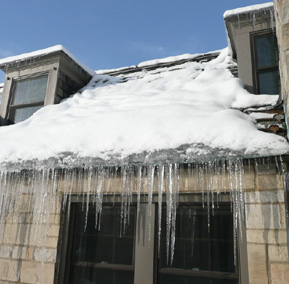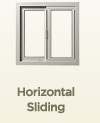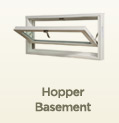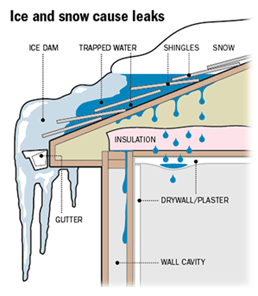Ice dams are formed by continual thawing and refreezing of melting snow. Large masses of ice develop as snow on the upper part of the roof melts. The water runs under the snow and refreezes at the edge of the roof. Additional snow melts and forms pools against the dam, gradually causing water to back up on the roof where it often gets under the shingles and eventually into the house. Causes other than heat escaping from the home include:
- Bright sunshine melting the snow;
- Insufficient attic insulation allowing the heated air of the attic to reach the roof deck and melt the snow, which could happen anywhere on the roof surface;
- Naturally occurring ice accumulation due to various weather conditions;
- Poorly placed gutters preventing snow and ice from sliding off the roof;
- Inadequate attic ventilation.
The latent damage from ice dams may not be immediately evident. For example, insulation could be getting wet and over time will lose its ability to perform properly. In addition, mold may begin to grow in the moist attic environment. Although ice dams are more prevalent at the eaves, they can and do occur anywhere on the roof, especially where there is a change in roof surface temperatures.
Can this be avoided?
Canadian winter weather is challenging to say the least and, as we all know, there is only so much you can do to avoid its impact. But, having said that, there are some things you can do to minimize the risks of developing ice dams on your roof.
- If you have a large deposit of snow, particularly in bad areas like a valley running into a wall or a saddle area, removing the snow is your best option. Any large deposits at the eaves, especially on the north side, should be removed as well.
- Improve attic insulation in order to keep the attic space cool, thereby reducing the amount of melting snow.
- Improve attic ventilation to ensure that the attic remains cool.
- Make sure that your gutters are lower than the slope of the roof, allowing snow and ice to glide off.
- Check your downspouts. Ensure downspouts are attached and extended to allow melting ice to flow away from your home.
- Check your sump pump hose. If you have a sump pump, make sure the drain hose is clear and not frozen - this is particularly important during extreme temperature fluctuations. A frozen hose can damage your sump pump and lead to flooding.
If you are planning to reroof:
Ask your roofing professional for advice on moisture control membranes such as WinterGuard™ Waterproofing Shingle Underlayment or StormGuard™ Film-Surfaced Leak Barrier/Water & Ice Shield to help prevent moisture damage from winter ice dams.

Diagrams & Photos
Contact Us
Contact us for a free detailed quotation and professional evaluation and one of our representatives will be happy to show you how your family can truly benefit from a WinDoor retrofit installation. You will appreciate our positive attitude, our competitive pricing and the quality of our work.
- Submit Online Estimate Request
-
Contact Us Directly
Dave Langbroek
General Manager
dave [at] windoorinst [dot] com
(403) 318-1760
- © 2014 WinDoor Installations
- Privacy Policy
- dave [at] windoorinst [dot] com
-
Red Deer Showroom
Bay 190, 6040 - 47 Ave, T4N 1C2
Phone (403) 348-0701
View Location Map » -
Sylvan Lake Showroom
17 Erickson Crescent, T4S 1P5
Phone (403) 887-2866
View Location Map »
 WinDoor Installations proudly and exclusively sells All Weather Windows. For more information on their range of products, please visit their website:
WinDoor Installations proudly and exclusively sells All Weather Windows. For more information on their range of products, please visit their website:www.allweatherwindows.com »










